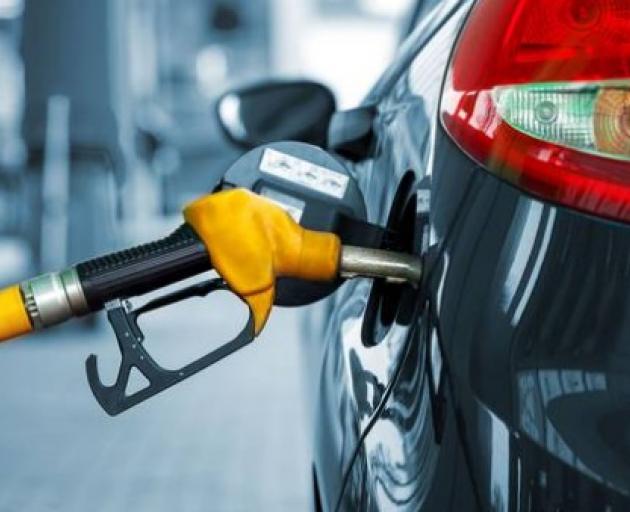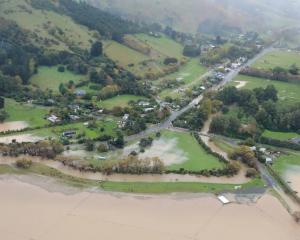
Crude oil prices fell this week shaking off efforts by OPEC to cut production and reduce supply to the market.
Brent crude - the benchmark for local petrol prices - has fallen from US$81 on Friday to US$77 this morning. It now is off by almost 10 per cent since the start of the month.
Meanwhile, the average local price for unleaded 91 petrol has already fallen about five per cent since the start of the month (currently $2.77 per litre according to website Gaspy).
The fall bucks predictions from the AA earlier this year that petrol prices could hit $3.50 a litre by Christmas, and will be welcome relief for beleaguered motorists already battling high inflation and a cost of living crisis.
Last week OPEC+ moved to reduce oil output in a move to match falling demand and prop up prices.
It didn’t work.
OPEC+ agreed to a cutback of about 900,000 barrels a day, but crude prices kept falling as traders bet that they would be difficult to fully implement, Bloomberg reports.
The global market is also expecting lower demand as global economic growth slows in the coming year.
Economists expect central bank efforts to curb inflation with higher interest rates will keep consumption subdued.
China’s economic worries are casting a further shadow, with the world’s second-largest economy now battling deflation.
Reuters reports that China’s oil demand growth is expected to ease in the first half of 2024 to just 4 per cent, according to consultancies.
Meanwhile, on the supply side, US oil production has hit record levels in the past two months.
US crude and condensate production increased by 224,000 to 13.24 million barrels per day in September from August, according to the US Energy Information Administration.
The large increase in domestic production has contributed to the accumulation of crude inventories and softening of prices since the start of the fourth quarter, Reuters reports.
Fears that conflict between Israel and Hamas might also kick star and an oil price shock have also proved unfounded. Unless the conflict escalates to the wider Middle-Eastern region, it appears the impact on oil prices has been absorbed by the market.
The last big variable for local petrol prices - the kiwi dollar - has also been favourable in recent weeks.
The kiwi last traded at US61.2c up from US58c at the end of October. A stronger dollar delivers better local petrol prices as oil is globally traded in US dollars.
The local currency has been buoyed by Reserve Bank forecasts which anticipate our interest rates staying higher for longer, while anticipation of rate cuts has grown in the US.
As well as providing some relief to local consumers, lower fuel costs help reduce inflation pressure through the economy - as transport costs are a factor in the price of all our consumer goods.
The move bucks predictions by the AA in September that oil prices could rise to as much as $3.50 a litre by Christmas. Prices rose in June after the Labour-led Government removed its fuel tax subsidy.
Petrol prices have been a touchy point for consumers under the cost of living crisis.
In 2019 the Commerce Commission undertook an investigation on the petrol market.
It released findings, concluding: “Fuel companies have been making persistently higher profits over the past decade than we would expect in a competitive market.”
It also found the three major fuel companies’ joint infrastructure network and supply relationships give them an advantage over other fuel importers.
The commission recommended a raft of new regulations aimed at increasing competition in the wholesale fuel market and driving petrol prices down.













